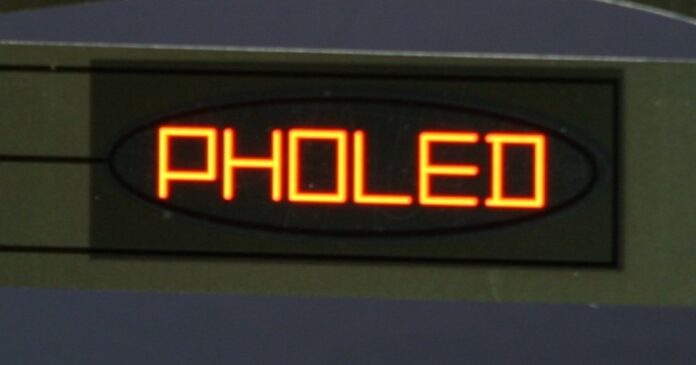Introduction to PHOLED Technology
In the world of OLED panels, there are two main types of OLED material: fluorescent and phosphorescent. Historically, fluorescent OLED has been the easiest to work with, but it’s far less efficient than phosphorescent OLED. For years, the display industry has been trying to develop the technology needed to create a 100% phosphorescent OLED (PHOLED) panel. Recently, LG Display has made a significant breakthrough in this journey by verifying the commercialization of panels that use blue phosphorescent PHOLED material.
What is PHOLED?
A 100% PHOLED panel would exhibit 99% efficiency, with almost all of the energy consumed being converted into light, with hardly any heat. This is a major improvement over current OLED panels, which use fluorescent blue OLED. LG Display’s PHOLED technology, which is based on a hybrid two-stack Tandem OLED structure, doesn’t quite reach this peak of performance. The company uses fluorescent blue OLED in the lower stack, with blue PHOLED added to the top stack.
Benefits of PHOLED
The company is only claiming a 15% energy savings over panels that use fluorescent blue OLED, but it’s still tangible proof that PHOLED may one day meet its lofty expectations. This energy savings is especially important for portable, battery-driven devices like smartphones and tablets, where the display tends to consume most of the power. Any energy savings in the display can lead to longer battery life and improved overall performance.
Commercialization of PHOLED
LG Display is set to demonstrate its new blue PHOLED panels at SID Display Week 2025 in San Jose, California. For now, the new panels are intended for small and medium-sized applications like smartphones and tablets. The race to commercialize blue PHOLED began in 2023, when Universal Display Corporation (UDC) announced it had successfully created a blue phosphorescent OLED material that could meet the demands of commercial mass production.
Future of PHOLED
In 2024, LG Display announced that it would begin working with UDC on the project. In the short term, the goal will be to prove that these new panels deliver the promised benefits. Longer-term, it will be interesting to see if LG Display can develop a tandem panel that uses 100% PHOLED material, and if it can scale the technology up to the size of today’s OLED TVs. At the size of a TV, energy efficiency is less important than heat reduction. An OLED panel that runs cooler can run brighter, and can theoretically maintain that brightness for longer, without aging the OLED material.
Conclusion
100% PHOLED displays could prove just as capable in brightly lit rooms as their QLED counterparts, one of the few areas where QLED technology continues to enjoy an advantage over OLED. With LG Display’s recent breakthrough, it seems that PHOLED technology is one step closer to becoming a reality. As the technology continues to develop, we can expect to see more efficient and longer-lasting OLED panels in a variety of devices, from smartphones to TVs.

